Are Video-Based Funding Applications the Future of Grant Proposals?
 Dr. Avriel Licciardi, Research Communications Strategist
Dr. Avriel Licciardi, Research Communications Strategist
In 2014, Doran et al. (2014a, b) suggested that incorporating modern technologies can streamline the funding process by increasing the fidelity of grant communication, improving the efficiency of review, and reducing the cost of the entire process. As researchers have adapted to COVID-19 lockdowns throughout the past year, video communication has become ubiquitous, especially with the wide adoption of virtual conferences and meetings. Given these circumstances, it is worth pondering whether audio-visual alternatives will (or can) be incorporated into the grant proposal preparation and review process in the future, as detailed in a recent Career Column published by Nature. In other words, as multimedia communication capabilities are rapidly expanding, and visual information is easily shared electronically, should funding bodies continue to rely solely on text-based grant proposal submissions?
Video grant proposals – a solution for researchers?
Incorporating video into a research proposal has the potential to address two aspects of the funding process that remain challenging: the enormous time investment for scientists regarding grant preparation, and the unreliable scoring inherent to proposal review.
As suggested by Doran et al. (2014a, b), all technical aspects of a project proposal could be communicated in a 15- to 20-minute video, thereby replacing the time-consuming process of drafting dense scientific text. Certain parts of the proposal would remain text-based (e.g., budget and applicant biographies), and a standardized set of formatting guidelines would be provided. Using this multimedia model, researchers could integrate film clips, animations, and other audio-visual tools into their proposals, to facilitate a more dynamic communication of complex concepts that can be difficult to relay to a general audience via written documents. In addition to significantly reducing proposal preparation time, the incorporation of multimedia may improve proposal quality by allowing authors to include necessary information previously excluded due to space limitations.
Increasing review efficiency with video-based grant applications
For reviewers, video-based applications would likely replace lengthy text-based explanations as well as simplify complicated datasets or concepts, which may particularly benefit proposals involving complex new methodologies or multiple scientific disciplines. Importantly, video-based proposals may be more “digestible” for reviewers compared to text-based grants, allowing reviewers the opportunity to evaluate more applications than is currently feasible. This efficiency may contribute to more reliable rankings and reduce score variability, as videos can be played during review panel discussions, serving to remind panel members of an application’s key points before funding decisions are finalized. Lastly, the efficiency of reviewing a video-based proposal may allow for increased numbers of reviewers per application, providing the researchers additional feedback and potentially diluting the influence of reviewers who may hold opinions or biases against specific applicants.
Current challenges facing multimedia grant proposals
While video-based proposals offer potential opportunities for researchers to communicate their ideas more effectively and efficiently, a multimedia proposal format may be exclusionary. For example, recording, editing and producing high-quality videos takes time, access to specialized software and equipment, technical support, and of course, funding. It is also possible that multimedia proposals may amplify bias by revealing the race, gender, or other distinguishing characteristics of the funding applicants. While it is argued by some that a high-quality presentation is not reliant on sophisticated animation, it is possible that proposals with high production quality will be most likely to succeed.
While multimedia strategies have the potential to alleviate many of the shortcomings of the current grant-application process, research into the benefits of video-based applications is required. Most importantly, any changes to current research funding mechanisms should aim to ensure equitable access for all scientists.
References:
Doran, M. R., Lott, W. B. & Doran, S. E. Trends Biochem. Sci. 39, 151–153 (2014).
Doran, M. R., Lott, W. B. & Doran, S. E. Nature 505, 291 (2014).
Spitschan, M., Yehudi, Y. & Acion, L. Nature 592, 26 (2021).
 Previous Article
Next Article
Previous Article
Next Article 

